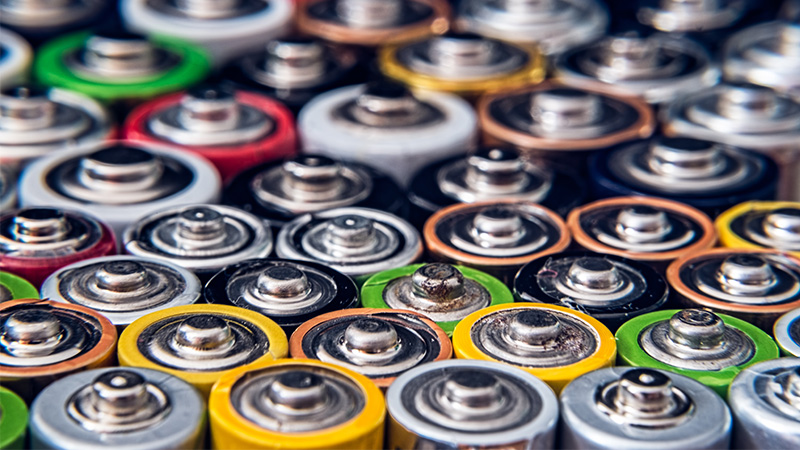Engineering Professors Join New UCLA Center to Revolutionize Battery Technology

The U.S. Department of Energy has awarded UCLA a three-year, $4.5 million grant to establish the new Center for Strain Optimization for Renewable Energy (STORE) at UCLA, which aims to make sodium-ion batteries a viable option for consumers.
UCLA is one of 18 universities awarded a combined $69.1 million to find solutions that will make clean energy systems more resilient, as part of the DOE’s Energy Earthshots Initiative launched in 2021. The initiative includes $264 million in funding for 29 projects to advance clean energy technologies within the decade.
“The goal is to leverage the ample availability of sodium and optimize the performance of sodium-ion batteries with the right materials and physical structure,” said STORE’s deputy director Bruce Dunn.
STORE’s focus will be on making sodium-ion batteries a viable alternative to lithium-ion batteries. Much of the world’s lithium comes from outside the United States, which makes it costly and subject to geopolitics. Sodium, while one of the most common elements, has traditionally not been a good option for consumer batteries. Batteries made with sodium ions charge slowly and have a shorter lifespan than lithium-ion batteries. The problem lies in sodium’s much larger positively charged ions, or cations, compared to those of lithium. This slows down sodium ions’ movement through the battery’s negative and positive electrodes. STORE aims to fix the problem — not by changing the sodium, but rather the materials through which those cations move.
“The goal is to leverage the ample availability of sodium and optimize the performance of sodium-ion batteries with the right materials and physical structure,” said STORE’s deputy director Bruce Dunn, who holds the Nippon Sheet Glass Company Chair in Materials Science at the UCLA Samueli School of Engineering. “There is exciting work to be done in finding the right combinations. These innovations could lead to lower-cost batteries for grid-level energy storage.” Dunn is a distinguished professor of materials science and engineering, as well as bioengineering.
The center, headed by UCLA chemistry and biochemistry distinguished professor Sarah Tolbert, also includes chemistry and biochemistry professor Xiangfeng Duan and UCLA Samueli chemical and biomolecular engineering assistant professor Yuzhang Li. Tolbert also holds a joint appointment in the Department of Materials Science and Engineering at UCLA Samueli.
Researchers from UC Santa Barbara, the University of Southern California, the California Institute of Technology and SLAC National Accelerator Laboratory are collaborators on the project. The multidisciplinary team will also focus on overall battery cost-cutting measures, including replacing traditional nickel and cobalt with cheaper iron, manganese, titanium, sulfur or phosphorus.
Holly Ober contributed to this story.
